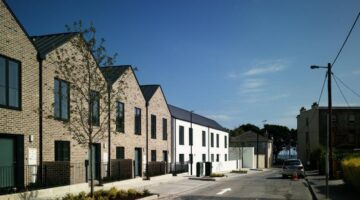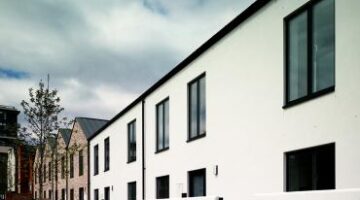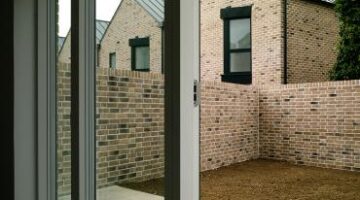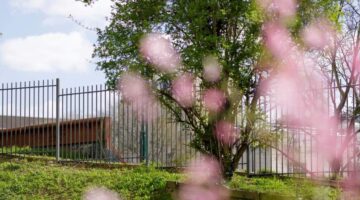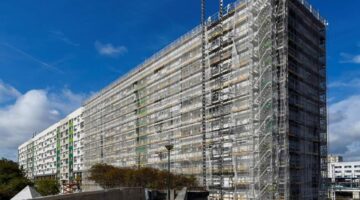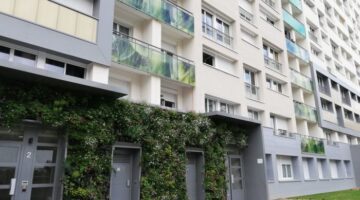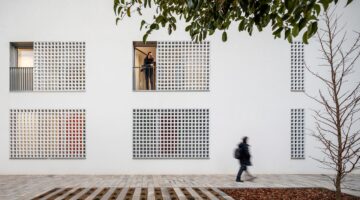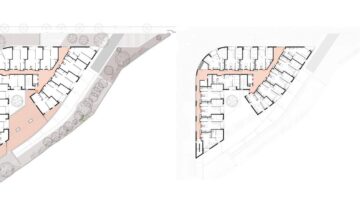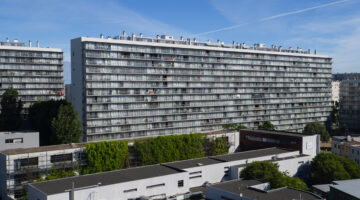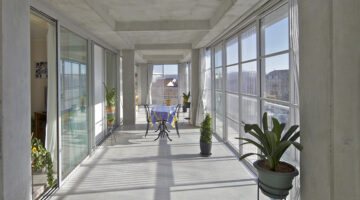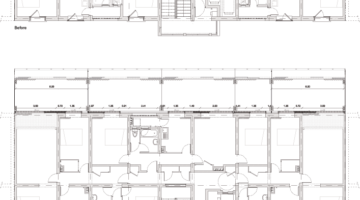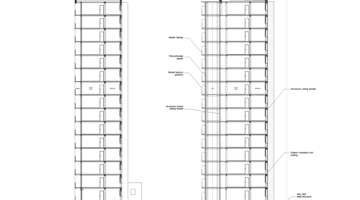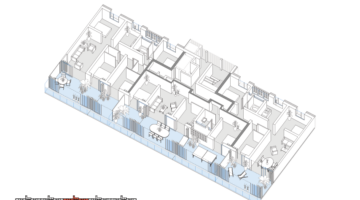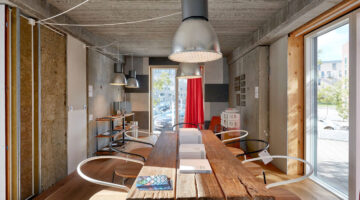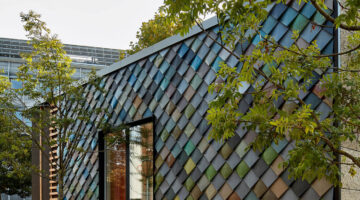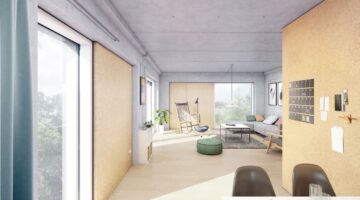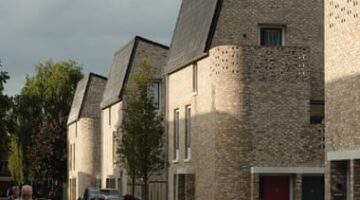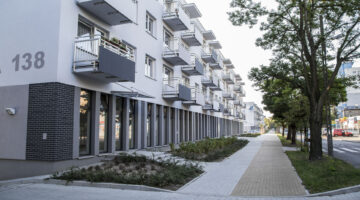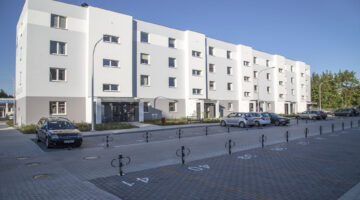

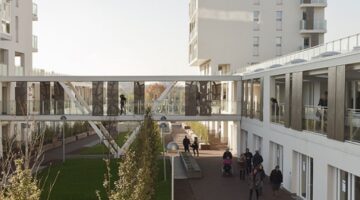
Foyer di cenni - Cohousing for young people
Main objectives of the project
"Foyer di Cenni" is a co-housing initiative aimed at providing affordable accommodation and fostering collaborative living among young individuals such as students or temporary workers. Situated within the innovative social housing complex known as Cenni di Cambiamento, which boasts the largest employment of wooden frames for housing in Europe and achieves A energy efficiency ratings, the project comprises five spacious apartments accommodating a total of 27 beds. These flats were constructed in 2013 by the Real Estate Fund "InvestiRe" and are currently administered by a cooperative.
Date
- 2017: Ganador
- 2013: Construction
Stakeholders
- DAR Cooperative
- InvestiRe
Location
Country/Region: Italy, Milan
Description
Between 2009 and 2014, Milan experienced a notable surge in its young population, evident from data provided by universities indicating that out of 200,000 total residents, 50,000 were students originating from outside the region. Despite this influx, only one out of every 17 students from beyond the region found accommodation in the city's five largest universities. Milan's higher-than-average cost of living poses a significant hurdle for both students and young workers, compelling them to rely on an increasingly expensive private rental market.
The Foyer di Cenni project, initially promoted by the DAR Cesare Scarponi Onlus Foundation and subsequently acquired by the DAR Cooperative in late 2017, addresses these challenges. Foyers, a widely adopted residential model internationally and in Europe, offer young individuals a temporary shared housing solution at an affordable cost. Foyer di Cenni caters to twenty-seven individuals aged 18 to 30, providing them with an immersive training and co-housing experience. Situated at 15 Gabetti St. within the Cenni di Cambiamento social housing complex, each Foyer house accommodates 5 or 7 residents and features communal spaces such as kitchen, living room, and two bathrooms. Residents benefit from numerous shared amenities within the complex and engage in various social activities fostering communication and collaboration.
Recognizing the prevalence of job insecurity and geographic mobility among young people, Foyer di Cenni offers temporary housing solutions. Residents are invited to enter into a "social contract," entailing a monthly fee, typically less than €350, based on the chosen room type.
DAR, embracing values of sharing, exchange, and reciprocity, views cohabitation and communal management of spaces as opportunities for social innovation. The Foyer di Cenni project aligns with Milano 2035, a coalition aiming to create youth-friendly cities conducive to collaborative living, fostering community engagement and neighborhood interaction.



